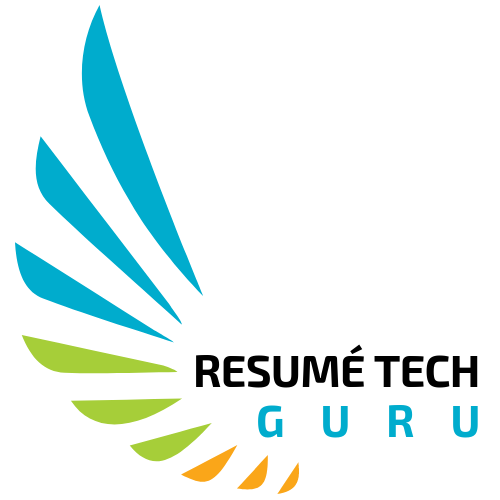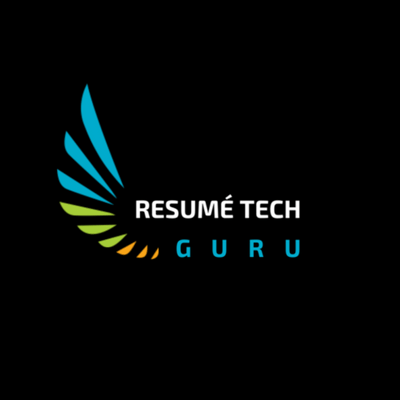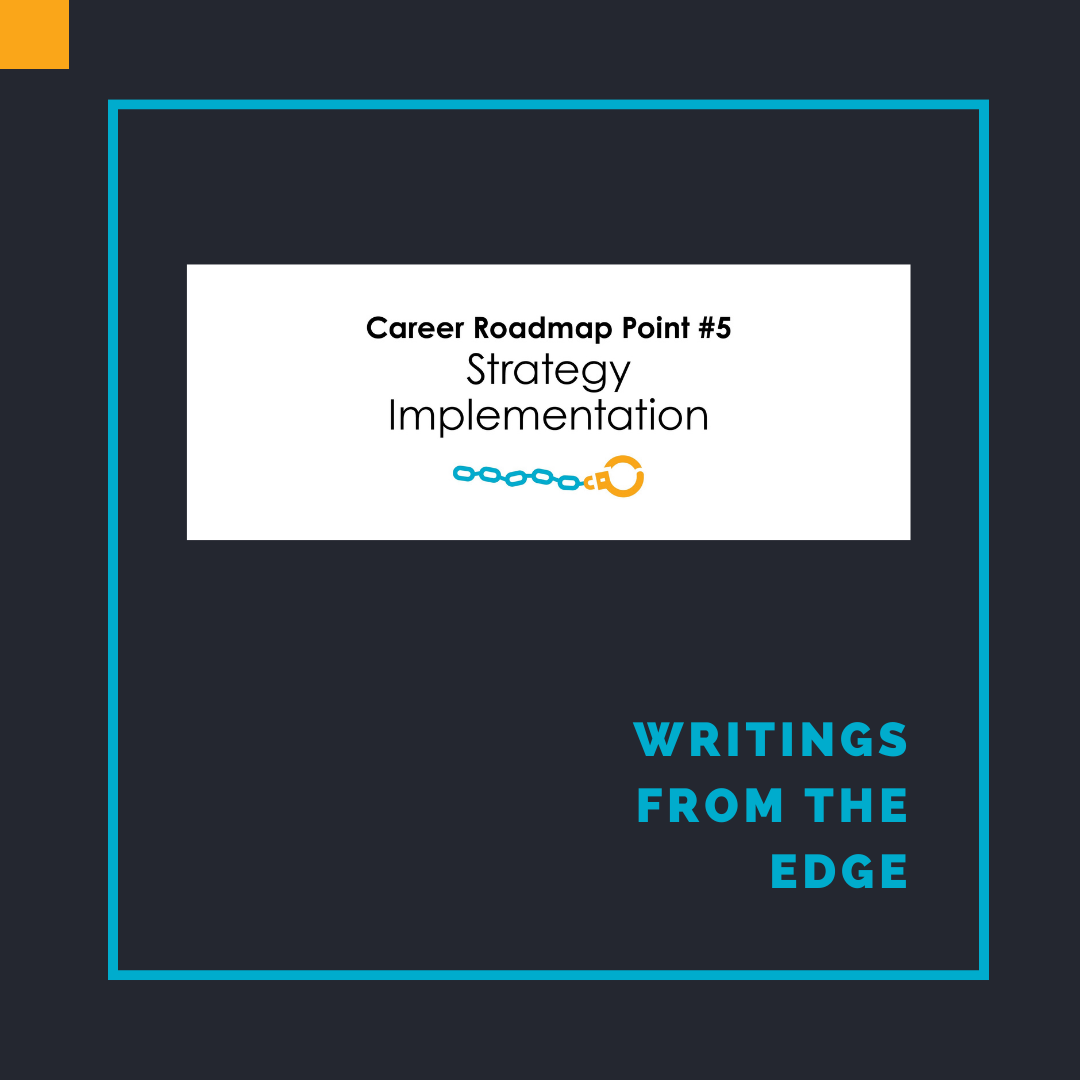It all started with Chasing Cezanne. I’ll get to that in a minute. When it comes to the innards of a book, there’s a tsunami of information to consider. If you are in the throes of writing a book, here are my thoughts about “book guts.”
My learnings derive from self-publishing my book on Thanksgiving under my imprint Resumé Tech Guru Publishing. It’s a day I can remember because it’s related to my affinity for food.
My book Clicks, Tricks, & Golden Handcuffs: 5-Step Roadmap for Tech Executives to Land Big-Impact Roles is now available online at Amazon, Apple Books, and Barnes & Noble. Purchase options include eBook, paperback (310 pages with exclusive workbook companion), and hardcover.
Book guts may sound disgusting, but it’s somewhat intriguing to me when it comes to thinking. My interior book construction arrived by the following:
- Self-publishers’ recommendations
- Style inspiration
- Chapter content format
- Indie book research
- School of literary hard knocks
Self-Publishers’ Recommendations
There’s loads of advice for writing a non-fiction book guts. Great since I knew zero.
My first stop was to take an 8-week book writing course in January 2021. By following Laura Belgray, the million-dollar copywriter (hysterical, follow her on Instagram), I met Dr. Cindy Childress, a Ph.D. in English. A fellow Texan, she designed and facilitated the book writing course, which was limited to 8 students from around the globe. It entailed a weekly meet-up, an online self-paced course, and clicking away on my keyboard for 1-2 hours daily. Without fail.
In the course, I learned about having a 20-second author power pitch (re-purposed for my back book cover), book outlines (mine is 5 sections with 4 chapters apiece), chapter word counts (I aimed for 2,300), chapter hooks & cliff-hangers, and storytelling. Plus, much more on distribution and marketing.
The result? Three months later, I had a 52,000-word count manuscript. I read a chapter of my draft book in March 2021 during the Facebook Live book debut event hosted by Dr. Childress. Great book writing course, highly recommend. And, no, I don’t receive compensation.
After developing my book manuscript, the second stop was to query fellow self-published authors.
Mark (we worked together way back at Nortel Networks) and Kate (a fellow career coach with brilliance in exec compensation negotiating) were part of my advanced reader copy review.
Mark weighed in as a formidable editor not only for grammar and punctuation but for the storytelling. He thoughtfully removed jargon and slang to appeal to an international audience. This editing was an “aha” since I self-publish internationally under my imprint Resumé Tech Guru Publishing on Amazon and through IngramSpark for brick & mortar stores.
Mark’s comments ranged from “I don’t understand how this sentence helps” to “I don’t know what this means.” If he doesn’t know, why would my readers? Quite helpful to have someone set you straight versus living in your headspace bubble.
I sent Kate a question about what she wished she knew before publishing, along with a list of innards I was considering:
- book size (5.25”x8”),
- margins (.75” with .875” gutters), and
- font selections (Bookman Old Style 11 for text and Century Gothic 12, 14, 16 for headings).
Kate focused on word choices, avoiding negative spin, and grammatical optimization. She pointed out obvious and not so obvious errors in my writing.
For those of you who don’t know me, I initially started as a corporate consumer brand consultant for Coca-Cola, General Motors, and the U.S. Army for a decade. I taught consumer behavior to undergrad and graduate students as an adjunct professor at the University of Texas at Dallas. I’ve figured out what sells grounded by an MBA in marketing research coupled with 18 years in tech as a marketing and sales executive. And what doesn’t. Although, there are twists that happen along the way.
Key takeaway—I accepted 60% of the input and went with my consumer marketing expertise to vet the rest.
Style Inspiration
I’m an avid reader of non-fiction books with great admiration for Peter Mayle, a British businessman turned author who wrote a series of bestselling memoirs. We share a love of France, food, wine, and the absurdity of life. He’s best known for writing A Year in Provence, which became a TV series.
When my husband brought home a copy of the Chasing Cezanne book, I was introduced to Peter. On Amazon, the book blurb states: “hanky-panky on the international art scene is the source of the hilarity and fizz in Peter Mayle’s new novel.”
In my creative spin, I adapted his storytelling into my book and his doodle illustrations. Alas, there’s no hanky-panky.
This brings me to doodles; my best friend Linda’s idea was to have my illustrator create doodles for the innards. Since my book is a 5-point roadmap for success, I articulated a need to my illustrator Stephanie for a 5-section build correlating to each roadmap stop. I drafted designed options in the Canva app to illustrate my brain-dropping ideas.
Since my book interior text is printed in black and white, illustration decisions popped up. Stephanie (who has never illustrated a book before) and I (who had never written a book before) landed on a riff on the golden handcuffs with links that would fill in with black (a la taking the SAT exam and filling in the response bubbles) as each of the 5 roadmap points began.
There was a color version of the doodles for the eBook, but my layout editor stated the colors wouldn’t match my corporate brand colors of blue and black. So, we nixed the color version of doodles for the eBook.
Key takeaway—talk to your illustrator and book layout editor about color and illustrations opportunities and potential limitations.
Chapter Content Format
Not wanting to face a formidable book critic, I opted not to have my husband read my book manuscript. Instead, Pat read my book once published.
He was proud and kind regarding his observations, so I don’t know why I feared anything. You know, family, it can cut both ways, especially during the holiday season.
Pat liked the 3 continuous elements that appeared in each chapter:
- executive client story,
- industry research & best practices, and
- my personal tech executive career journey.
Key takeaway—when you are compiling your outline, think about the narrative that will resonate with your reader. My focus is tech executives or aspiring ones and what benefit they will receive from reading a chapter and completing the end-of-chapter exercises.
Indie Book Research
My book features over 80 footnotes, which is a nod to my research expertise. I went on a mission to understand different book gut components.
It started with the copyright page.
I analyzed those within my bookshelf library and researched online published authors. Typically, the content is a boring list of information from the standard copyright notice to the ISBN (International Standard Book Number) or, in the case of Amazon Kindle, the ASIN (Amazon Standard Identification Number).
There is absolutely no reason it needs to be boring. It’s a creative outlet. Mine originally had a more acerbic wit, and then I decided to tone it down with my international target audience in mind.
I made a point of thanking my editor, illustrator, and photographer. Most people don’t, which is odd since they are part of your collaboration team. You’re paying them already, so it’s an opportunity to say thank you.
Adding the US Library of Congress (LOC) catalog number was eye-opening. If you’re creating a printed version of a book, you should consider submitting the LOC. Alas, if you’re only creating an eBook, this option is unavailable.
Anyone can submit a book summary—before your book publication—for LOC review, and, if accepted, you will receive a catalog number free of charge. There are 40 million cataloged books in the LOC, and my number is 2021921794. I am tickled pink.
Mine falls into the LOC category of “self-published works of quality authored by individuals who work in the professions: government, business, the sciences, the arts, academia, media, sports, entertainment (these are usually people of accomplishment who are documenting their careers or who have a unique story that only they can tell).”
Once your book is published, you are requested to send a complimentary printed copy of the best edition to the LOC in Washington, DC. When ordering printed copies of your book, add an extra one for this purpose.
Then there’s the copyright, which is also part of the LOC. You send the published PDF of your book to the US Copyright Office. There’s a $65 application fee, and typically it takes 3 months to be reviewed as of this writing.
Key takeaway—take advantage of the US government’s resources to promote and protect your book.
School of Literary Hard Knocks
My layout editor used Vellum book formatting software. It formats for eBooks and then converts it into the files to upload your eBook to Amazon Kindle, iBooks, Nook, Kobo, Google Play, and just about any other digital distributor with the generic epub file option. It also created the book’s interior files for my paperback and hardcover versions. One of my experts cautioned me about using Vellum for premium layouts.
It bit me on 2 fronts.
First of all, my Word document-designed table of contents (TOC) couldn’t be recreated in Vellum. The 8 pre-determined Vellum book styles IMHO lacked reader usability of the TOC. The good news is that there’s a workaround. My layout editor created a PDF of my Word version TOC and inserted it into the Vellum files. The workaround looks excellent.
Secondly, my chosen serif book fonts aren’t available in Vellum. I didn’t know this, nor did I have a clue to ask my book layout editor about fonts, although my write-up included my wish list.
With Vellum software, there are only 9 font options:
- Altheas,
- Baskerville,
- Cochin,
- Crimson Text,
- Fanwood,
- Hoefler Text,
- Iowan Style,
- Palatino, and
- Times New Roman.
Serif fonts are traditionally selected for book text due to their readability. Only 5 of the Vellum fonts featured above fall into the serif category. While I painstakingly set up my book manuscript using Word styles for my preferred headers and text, it was for not. As it stands, I now have 4 different fonts in my book, while my preference was 2 for consistency.
Key takeaway—I would highly recommend discussing book layout and fonts before you spend any time formatting your manuscript. And more importantly, please ask for samples of book design layouts that match your consulting or corporate branding.
If you’re curious about a career journey’s “book guts,” you can check mine out using the “Look inside” feature on Amazon.
Happy holidays!



